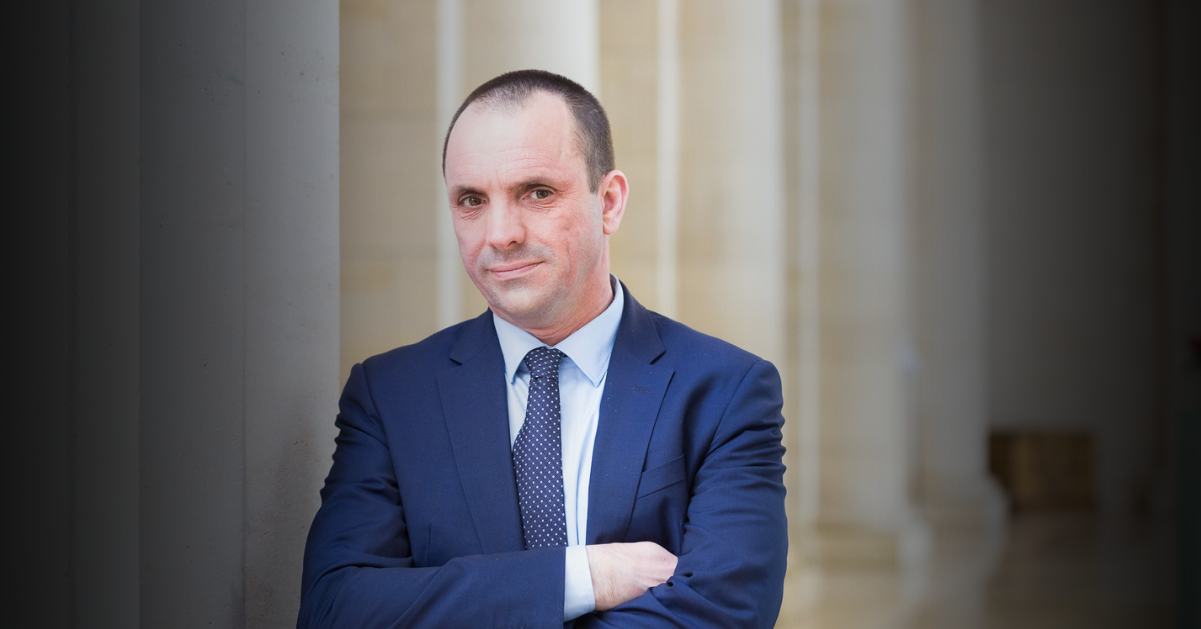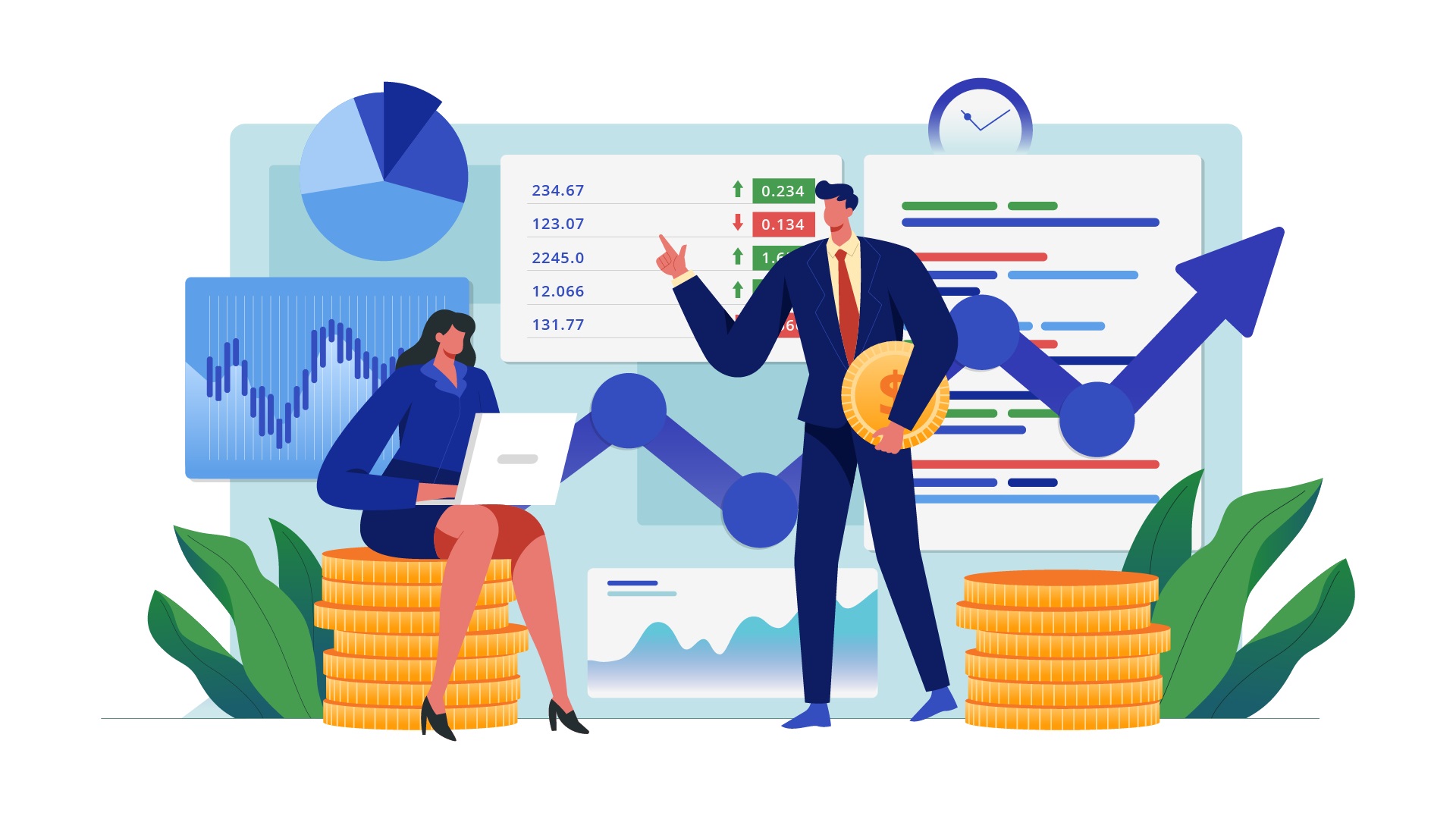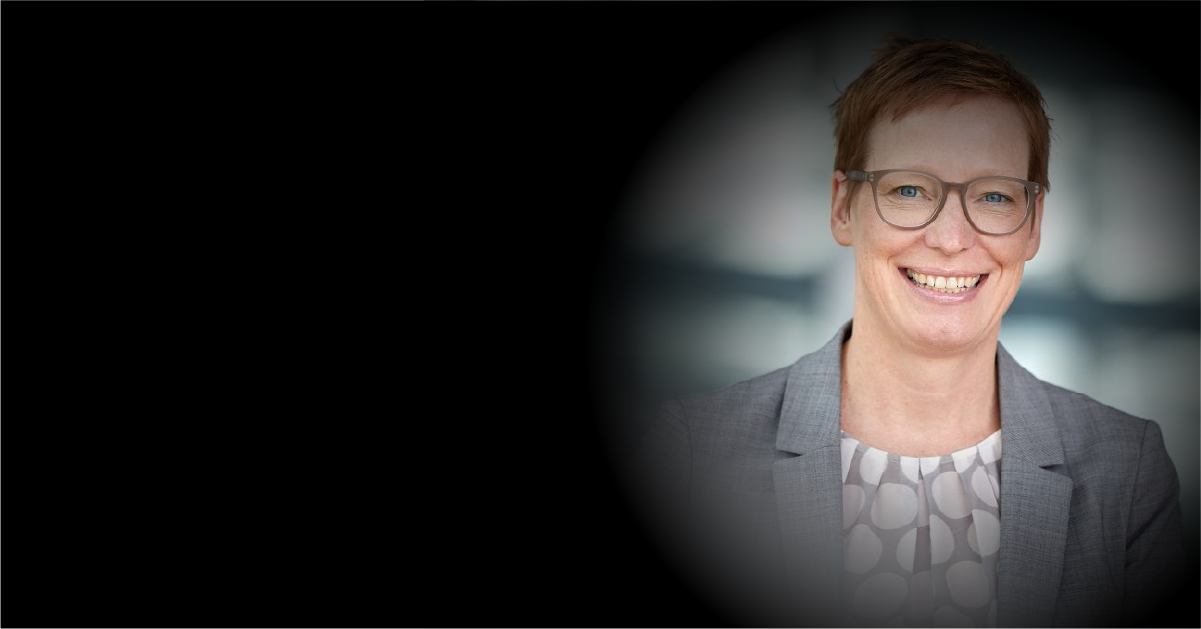In this exclusive interview, Koen de Leus, Chief Economist at BNP Paribas Fortis, shares five trends that will shape the new world economy, how they will impact businesses, and what business leaders can do to futureproof their organizations. He also answers burning questions on whether Europe is going into a recession and why companies must act now and play their parts in curbing the climate crisis.
Congratulations on the release of your book with Philippe Gijsels, The New World Economy in 5 Trends. What can business leaders, particularly CFOs, learn from the book?
Together with my colleague, Philippe Gijsels, who is the Chief Strategist at BNP Paribas Fortis, we identified five trends. Four of these trends are inflationary, and one trend is disinflationary. The disinflationary one is innovation, and I think it’s going to increase productivity in the long run, starting in five to 10 years and continuing for the next decades. But in the decades, we will see four trends as well that are going to push up inflation. Firstly, deglobalization, you have more walls around countries so that’s going to be inflationary. There’s aging that’s going to push up salaries which already has a big impact on companies. Next, the climate transition that is going to cause commodity shocks and supply chain shocks. And of course, there is the high debt level of the governments. If you have a little bit of inflation, it’s easier to control this high debt level.
These are the four elements that are pushing in the direction of inflation, higher interest rates, and higher nominal interest rates. We think that The Great Moderation, the period of around 40 years of a gradual decrease in inflation and interest rates is over. CFOs who think inflation will go down to below 2% and stay there over the coming decades are wrong. We are not going back to a period of ultra-low interest rates. Interest rates are going to go down a little bit, but then will gradually increase in the next decade. The peak this time was around 5% in the United States. Maybe it will go down to 3% or even 2.5%, but then it will go back up to a higher level of 6% or 7%. That is something CFOs have to consider if they want to fix costs at a certain interest rate.
In the past, CFOs had time to fix prices since they went gradually lower, decade after decade. In the future, interest rates will be more volatile because of the expected inflation shocks and will structurally move higher. This means that they risk missing the opportunity to fix interest rates at a relatively low level. So, CFOs need to be more agile there, as well as in their supply chains and fixing prices of commodities. This is because we are entering The Great Disequilibrium where prices are going to be much more volatile and supply chains are going to be disrupted further. With regards to commodities, CFOs need to fix prices much more frequently to take advantage of lower prices, because before you know it, they will shoot up. Maybe there is a trade war again between the United States and China or there is havoc in South America. Many events can disrupt the way of doing business.
They have to plan just-in-case instead of just-in-time.
They have to diversify where their goods are coming from, not just from one country anymore, perhaps China Plus One or China Plus Two. They’ll need to find suppliers in countries outside of China or countries that are in between China and Europe or in between China and the U.S., maybe they can have some more stocks or more warehousing. This is of course going to weigh a little bit on the margins, but they need to make sure that they can supply to their clients in times of disruption.
One of the trends you identified in the book is the West’s aging population. How will this impact the labor force, especially with the increasing demand for tech talent?
With regard to tech talent and innovation, when I was studying this trend, I found that innovation accelerated after big shocks such as the pandemic. The demand for innovation, and tech talent as a result, was also high over the past years with the climate and energy crisis and the Russia-Ukraine war. So, there were many investments by companies in technology, which bodes well for innovation in the long term. I think that in the next decade, productivity levels will be one percentage point higher, from 0.2% to 1.2%. Now, what we also saw was an overinvesting by technology companies resulting in many layoffs. One positive outcome of the layoffs was that it gave other companies opportunities to hire those people and implement new technologies after the shocks.
But as you point out, the impact of the aging population on the labor force will be huge. For example, China’s population will decrease by 40% to 45% between 2020 and 2100. Its working-age population will decrease by 65%. In Italy, the total population is going to drop to 37 million from 60 million by 2100, causing the working population to decrease by 50%. In Germany, its total population is going to be reduced from 83 to 69 million between 2020 and 2100, and the working population by 30%. So that is pretty dramatic.
The demand is going to slow down as well as production. It’s going to be difficult for companies to find enough workers. Many people are saying artificial intelligence is dangerous. Five years ago, we did a survey with our corporate clients, and they found that artificial intelligence and automation are disruptive and will cause job loss. However, you see a change of mindset today. This change of mindset is very important, this means that companies are going to actively invest in technology to compensate for the dwindling working-age population. If companies want to produce more, the only way to do that is through automation.
Artificial intelligence is a blessing in disguise, and we have to embrace it.
Rising energy prices in Europe have accelerated the need for businesses to transition to greener alternatives. What can business leaders do to ensure their organizations are on the right track with the climate transition?
It’s difficult but you have to act fast. The longer you wait, the shorter the amount of time you have to do it. Today, we don’t have a global CO2 price yet. We have a CO2 price for European companies with the ETS system but sooner or later we will need a global CO2 price. We have to reduce the emission of CO2 much faster than what is happening today. 1.4°C of global warming was recorded in 2023. At the moment, there are quite a lot of countries that have not introduced any CO2 price. But sooner or later, the global carbon budget will be completely used up. At the present rate of emissions, we still have a budget of 6 years. That is the extra amount of CO2 that we can emit in the air to keep temperatures rising to 1.5°C. After that, every extra ton emitted will push global warming above 1.5°C.
I think that at a certain point in time, there will be a big catastrophe. It will probably be in one of the big countries like the U.S., Europe, China, or Canada. And then everybody will realize the seriousness of the situation and sprint into action. A relatively high global CO2 price will be put into place which will be a big shock to the companies that are late to the game. They will be hit hard because they need to diminish their emission of CO2 from one year to the next. I think this will happen in 5 to 20 years. Companies that act too late risk going broke. When you have plans to invest, you need to have an internal CO2 price, $100 per ton for example. If your investment is not viable with that kind of CO2 pricing, don’t invest. Instead of just investing and looking at returns, include some kind of CO2 pricing.
Another thing companies should consider is that banks are going to be stricter in giving loans to certain investments with high amounts of CO2 emissions. That is not because we want to be difficult, but we have rules that we need to adhere to, we have certain limits regarding our loan portfolio, how many loans we are going to give, and how green these loans must be. If these loans are not green at all, and we’re still investing in oil or coal, then we know that sooner or later, we are going to have problems, because some of these companies are going to go broke.
There are new laws at the central banks that monitor these loans. As a bank, we’re following what was articulated by the International Energy Agency which is to achieve Net Zero by 2050. We are following that path as well in different sectors. For example, we are going to reduce the financing of oil exploration and production by 80% by 2040. That is something BNP Paribas is doing, and we’re going to reduce the financing of gas in our loan book by 30%. Like it or not, banks have to play the game, because they’re under the control of the central banks and many banks are following the Net Zero by 2050 path. At a certain point in time, companies won’t get a loan anymore.
Is Europe going into a recession in 2024? How should business leaders prepare?
I don’t think we’re going into a recession. We’re going to have a very slow growth like in 2023. We had negative growth in Germany which is going in and out of a recession. The growth is not going to accelerate. What we saw was a slowdown in Q3 and Q4 2023 and will probably continue in Q1 2024 as well. But from Q2 2024, we will see a gradual acceleration of the economy. Of course, that has a lot to do with the decrease in interest rates, which we think will start to decrease around Q2 2024. This will give extra breathing space for the economy.
Also, in the U.S. we think that – finally – the economy will decelerate. Will the increase in interest rates push the economy into a recession? That depends on how fast the Federal Reserve will react and the anticipation of markets on what the Federal Reserve will do. Although short-term interest rates at 5.5% are at their highest level since 2001, markets anticipate in January a steep decline to 4% by the end of 2024. So, long-term interest rates have come down in tandem to 4%. This has pushed mortgage rates down and kept residential investments abroad. This could mean a soft landing is in the making, although that is always the goal of the Federal Reserve, but it very rarely turns out that way.
Another element that companies will have to take into account is that China’s growth will continue to be meager. Consumption remains low and residential real estate continues underperforming. This will have a positive impact on commodity prices, although the evolution of oil prices will depend as well on the situation in the Middle East. The fact that oil prices have remained contained so far has a lot to do with the U.S. and the additional output recently produced by shale oil producers. All in all, I expect a volatile year which will only be articulated by the fact that about half of the world’s adult population will vote, and the mother of all elections being held in the U.S.
What can attendees expect from your session at Executive Forum Finance later this year?
They can expect a long-term view of the future to see how they can prepare for this new future. We’re going from The Great Moderation to The Great Disequilibrium to The Great Chaos. So, we’re going to a completely new era, and this has quite a lot of consequences for companies.
*The interview answers have been edited for length and clarity.













